Home>Maintenance & Safety>Safety Equipment & Products>What Makes Childproof Containers Childproof?


Safety Equipment & Products
What Makes Childproof Containers Childproof?
Modified: October 27, 2024
Childproof containers are designed with safety features to prevent children from accessing harmful substances. Discover the technology behind these essential safety equipment and products.
(Many of the links in this article redirect to a specific reviewed product. Your purchase of these products through affiliate links helps to generate commission for Storables.com, at no extra cost. Learn more)
Introduction
Ensuring the safety of children in any environment is a top priority for parents and caregivers. From household cleaning products to medications, there are numerous potentially hazardous items that need to be stored securely to prevent accidental ingestion or exposure. This is where childproof containers play a crucial role in safeguarding curious little ones from harm.
Childproof containers are specifically designed to prevent young children from accessing harmful substances or objects. These containers are engineered with innovative features that make them challenging for children to open, yet accessible for adults. In this article, we will delve into the fascinating world of childproof containers, exploring their history, types, functionality, effectiveness, regulations, and the future of child safety in packaging. Join us on this insightful journey as we unravel the mechanisms that make childproof containers truly childproof.
Key Takeaways:
- Childproof containers use clever designs and mechanisms to keep kids safe from harmful substances while allowing adults easy access. They come in various types, like pill bottles and liquid containers, to protect children from accidental ingestion or exposure.
- Regulations and standards ensure that childproof containers are reliable and effective in preventing accidental access to hazardous substances. The future of childproof containers holds promise for innovative advancements, including smart technologies and sustainable materials, to further enhance their protective capabilities.
Read more: What Is A Childproof Cap?
The History of Childproof Containers
The development of childproof containers can be traced back to the mid-20th century, a time marked by increased awareness of child safety and the need for protective measures in the household. In 1936, the introduction of the Poison Prevention Packaging Act in the United States laid the groundwork for child-resistant packaging. This pivotal legislation mandated the use of safety packaging for toxic household substances, setting the stage for the creation of childproof containers.
One of the first significant breakthroughs in childproof packaging came in the 1960s, when Dr. Henri Breault, a pediatrician, collaborated with a team of engineers to invent the first child-resistant pill bottle. This pioneering design required a coordinated push and twist action to open, a mechanism that proved to be a formidable barrier for young children but manageable for adults. The success of this innovation led to widespread adoption and laid the foundation for modern childproof container technology.
Over the years, advancements in materials and engineering have further refined the design and functionality of childproof containers. From medications to household chemicals, manufacturers have continuously improved the effectiveness of child-resistant packaging to meet evolving safety standards and address new challenges.
Today, childproof containers are an integral part of child safety practices, offering peace of mind to parents and caregivers. The evolution of these containers reflects a proactive approach to protecting children from accidental poisoning and injury, demonstrating the ongoing commitment to enhancing safety in the home environment.
Types of Childproof Containers
Childproof containers come in various forms, each tailored to the specific requirements of different products and substances. Understanding the distinct types of childproof containers is essential for implementing the most suitable safety measures in diverse settings. Here are some common types of childproof containers:
- Pill Bottles: These containers are designed to secure medications and are equipped with mechanisms that require a series of coordinated movements to open, such as pressing, pushing, or twisting. This design makes it challenging for young children to access the contents while allowing adults to retrieve the medication with relative ease.
- Liquid Containers: Childproof liquid containers, often used for household cleaning products and personal care items, feature specialized caps or closures that demand a specific action to open, such as squeezing and turning or pressing and twisting. These containers prevent accidental spills and exposure to potentially harmful liquids.
- Chemical Containers: Childproof packaging for chemicals, including pesticides and certain household cleaners, incorporates advanced locking mechanisms and barriers to deter unauthorized access. These containers are engineered to withstand tampering attempts and protect children from dangerous substances.
- Food Containers: While not traditionally associated with childproof features, certain food containers, especially those containing allergens or potentially hazardous ingredients, are now equipped with child-resistant closures to prevent unintended access by young children.
- Cosmetic and Personal Care Containers: Products such as nail polish remover, perfumes, and other personal care items are often packaged in childproof containers to reduce the risk of accidental ingestion or exposure. These containers employ innovative locking mechanisms to ensure the safety of curious little ones.
These diverse types of childproof containers cater to a wide range of products, offering tailored solutions to mitigate the risk of accidental poisoning and injury. The continuous innovation in child-resistant packaging reflects a commitment to enhancing safety across various consumer goods, reinforcing the importance of safeguarding children from potential hazards in the home and beyond.
How Childproof Containers Work
Childproof containers rely on a combination of innovative design elements and mechanisms to create barriers that are challenging for young children to overcome while remaining accessible to adults. Understanding the inner workings of these containers sheds light on the intricate measures taken to enhance child safety without compromising usability.
One of the fundamental principles behind childproof containers is the incorporation of mechanisms that require a level of dexterity, strength, or cognitive ability beyond the developmental capabilities of young children. These mechanisms often involve a series of coordinated actions, such as pushing, twisting, or squeezing, which pose a significant challenge to children under a certain age. At the same time, these actions are intentionally designed to be manageable for adults, allowing them to access the contents as needed.
Childproof containers may feature various locking mechanisms, including but not limited to:
- Push-and-Turn Caps: These caps require the user to push down while simultaneously turning to release the lock, a task that demands coordination and strength.
- Squeeze-and-Turn Closures: By combining squeezing and turning actions, these closures create a barrier that is difficult for young children to navigate while remaining accessible to adults.
- Double-Key Locking Systems: Utilizing a dual-locking mechanism, these containers necessitate the use of two distinct actions, such as pushing and turning two separate keys or tabs simultaneously, adding an extra layer of complexity.
- Spring-Loaded Latches: These latches require a specific sequence of movements, often involving pressing, sliding, or lifting, to disengage the lock and open the container.
Furthermore, childproof containers may incorporate visual or tactile indicators to signal that the locking mechanism is engaged, providing additional assurance to adults that the container is securely closed. These indicators serve as a visual cue, reinforcing the safety measures in place and alerting caregivers to the status of the container.
By integrating these sophisticated features, childproof containers effectively deter young children from accessing potentially harmful contents, mitigating the risk of accidental ingestion or exposure. The intricate balance between child resistance and adult accessibility underscores the ingenuity and precision involved in creating containers that prioritize safety without compromising convenience.
Always store medications and harmful substances in childproof containers, and make sure to keep them out of reach of children. This will help prevent accidental ingestion and keep your little ones safe.
The Effectiveness of Childproof Containers
The effectiveness of childproof containers in preventing accidental access to hazardous substances is a critical aspect of their design and implementation. These specialized containers serve as a vital line of defense, offering a layer of protection that helps safeguard young children from the dangers posed by various household products and medications.
One of the key indicators of the effectiveness of childproof containers lies in their ability to withstand the inquisitive nature and exploratory tendencies of young children. By incorporating intricate locking mechanisms and barriers, these containers create formidable obstacles that significantly reduce the likelihood of accidental exposure or ingestion. The deliberate design complexity is aimed at deterring children while maintaining a level of accessibility for responsible adults.
Furthermore, the effectiveness of childproof containers is underscored by their track record in mitigating incidents of unintentional poisoning and injury. Studies and real-world data have consistently demonstrated the impact of child-resistant packaging in reducing the rates of accidental ingestion and related emergencies, providing compelling evidence of their protective capabilities.
Additionally, the ongoing evolution of childproof container technology, coupled with stringent safety standards and regulations, reflects a commitment to enhancing their effectiveness. Manufacturers continually strive to innovate and improve these containers, ensuring that they remain resilient against tampering attempts and meet the evolving needs of households and healthcare settings.
Moreover, the widespread adoption of childproof containers across various industries, including pharmaceuticals, household chemicals, and personal care products, speaks to their recognized effectiveness in mitigating risks and promoting child safety. As a result, these containers have become an integral component of responsible storage and packaging practices, offering peace of mind to parents, caregivers, and healthcare professionals alike.
Ultimately, the effectiveness of childproof containers extends beyond their physical attributes; it encompasses the collective impact of education, awareness, and responsible usage. By empowering individuals with the knowledge of proper storage and the importance of utilizing childproof containers, the effectiveness of these safety measures is further amplified, fostering a culture of proactive child safety and injury prevention.
Collectively, these factors contribute to the overarching effectiveness of childproof containers, reinforcing their role as a vital safeguard against accidental exposure to potentially harmful substances, and highlighting their enduring significance in promoting child well-being.
Regulations and Standards for Childproof Containers
The development and implementation of regulations and standards play a pivotal role in ensuring the reliability and effectiveness of childproof containers. These guidelines are designed to uphold stringent safety requirements, promote consistency in design and functionality, and mitigate the risk of accidental exposure to hazardous substances. By adhering to established regulations and standards, manufacturers and industries demonstrate their commitment to prioritizing child safety.
In the United States, the Consumer Product Safety Commission (CPSC) and the Poison Prevention Packaging Act (PPPA) have been instrumental in establishing and enforcing regulations related to child-resistant packaging. The PPPA, enacted in 1970, mandates specific packaging standards for a wide range of household substances, including medications, chemicals, and certain household products. This legislation requires that certain products be packaged in containers that are significantly difficult for young children to open or access within a reasonable amount of time, while remaining accessible to adults.
Furthermore, the CPSC oversees the testing and certification of child-resistant packaging, ensuring that it meets the rigorous criteria outlined in the PPPA. This comprehensive approach to regulation and oversight underscores the commitment to maintaining the integrity and effectiveness of childproof containers, thereby safeguarding children from the dangers of accidental ingestion or exposure.
Internationally, organizations such as the International Organization for Standardization (ISO) and the European Committee for Standardization (CEN) have developed standards and directives pertaining to child-resistant packaging. These global efforts aim to harmonize safety requirements and promote consistent practices across various regions, fostering a unified approach to childproof container regulations on a global scale.
Moreover, the collaboration between regulatory bodies, industry stakeholders, and advocacy groups has led to continuous advancements in child-resistant packaging standards. This collaborative effort ensures that regulations remain responsive to emerging trends, technological innovations, and evolving safety needs, thereby enhancing the overall effectiveness of childproof containers.
By adhering to established regulations and standards, manufacturers and suppliers demonstrate their unwavering commitment to prioritizing child safety and injury prevention. The rigorous testing, certification, and compliance processes underscore the dedication to upholding the highest safety standards, instilling confidence in the reliability and effectiveness of childproof containers across diverse product categories.
Ultimately, the convergence of regulatory oversight, industry compliance, and ongoing advancements in child-resistant packaging standards underscores the collective commitment to protecting children from accidental exposure to potentially harmful substances, reinforcing the indispensable role of regulations and standards in promoting child safety.
The Future of Childproof Containers
As society continues to prioritize child safety and injury prevention, the future of childproof containers is poised for innovative advancements that will further elevate their effectiveness and accessibility. The evolving landscape of technology, materials, and design principles presents exciting opportunities to enhance the protective capabilities of childproof containers, ensuring that they remain a cornerstone of household and healthcare safety measures.
One of the key areas of development in the future of childproof containers lies in the integration of smart and sustainable technologies. Emerging innovations may incorporate smart locking mechanisms that utilize biometric authentication or digital access controls, adding an extra layer of security while maintaining user-friendly interfaces for adults. Furthermore, the use of sustainable and eco-friendly materials in childproof container production reflects a growing emphasis on environmental responsibility, aligning with broader sustainability initiatives.
The convergence of design and functionality is another focal point for the future of childproof containers. Manufacturers are exploring ergonomic and intuitive designs that prioritize ease of use for adults while enhancing the child-resistant attributes of the containers. This approach seeks to strike a harmonious balance between accessibility and safety, catering to the diverse needs of households and healthcare settings.
Additionally, advancements in manufacturing processes and quality control measures are anticipated to further elevate the reliability and consistency of childproof containers. From precision engineering to enhanced durability, these developments will fortify the protective capabilities of child-resistant packaging, instilling confidence in their ability to safeguard children from accidental exposure to harmful substances.
Furthermore, the future of childproof containers will be shaped by ongoing research and collaboration across industries, academia, and regulatory bodies. This multidisciplinary approach fosters a dynamic exchange of insights, best practices, and technological innovations, driving continuous improvement in child-resistant packaging standards and methodologies.
As digital connectivity and consumer education continue to evolve, the future of childproof containers will also encompass enhanced user engagement through interactive educational resources and digital safety guides. These initiatives aim to empower caregivers with comprehensive information on proper storage practices, safe handling of childproof containers, and the importance of proactive child safety measures.
Ultimately, the future of childproof containers is characterized by a commitment to innovation, safety, and sustainability, reflecting a collective dedication to protecting the well-being of children in an ever-changing world. By embracing emerging technologies, sustainable practices, and collaborative partnerships, the evolution of child-resistant packaging will continue to set new standards for safety and reliability, reinforcing its indispensable role in promoting child safety and injury prevention.
Conclusion
Childproof containers stand as a testament to the unwavering commitment to safeguarding children from the potential dangers posed by household products and medications. From their historical evolution to their future prospects, these specialized containers encapsulate a profound dedication to innovation, safety, and responsible packaging practices.
As we reflect on the multifaceted nature of childproof containers, it becomes evident that their impact extends far beyond their physical attributes. These containers embody a collective commitment to proactive child safety, underpinned by robust regulations, continuous advancements, and a shared responsibility to protect the well-being of children in every household and healthcare setting.
The effectiveness of childproof containers in mitigating the risk of accidental ingestion and exposure is a testament to the meticulous design, rigorous testing, and unwavering adherence to safety standards. Their pivotal role in reducing incidents of unintentional poisoning and injury underscores their significance as a fundamental safeguard in everyday life.
Looking ahead, the future of childproof containers holds promise for groundbreaking innovations that will further elevate their protective capabilities, accessibility, and sustainability. From smart technologies to eco-friendly materials, the evolution of child-resistant packaging embodies a forward-thinking approach that resonates with the evolving needs of modern households and healthcare environments.
As we navigate the dynamic landscape of child safety and injury prevention, the enduring relevance of childproof containers serves as a poignant reminder of the collective responsibility to prioritize the well-being of children. Through collaborative efforts, regulatory oversight, and ongoing advancements, the trajectory of child-resistant packaging remains steadfast in its commitment to promoting a safer, more secure environment for the youngest members of our communities.
In essence, childproof containers encapsulate a profound narrative of care, innovation, and resilience, weaving a story of unwavering dedication to protecting the most vulnerable among us. Their legacy is not merely defined by their physical form, but by the enduring impact they have in shaping a culture of proactive child safety and well-being.
As we embrace the future with optimism and determination, the evolution of childproof containers will continue to exemplify the collective pursuit of excellence in safety, reflecting a shared commitment to nurturing a world where children can thrive, explore, and grow without unnecessary risk or harm.
Frequently Asked Questions about What Makes Childproof Containers Childproof?
Was this page helpful?
At Storables.com, we guarantee accurate and reliable information. Our content, validated by Expert Board Contributors, is crafted following stringent Editorial Policies. We're committed to providing you with well-researched, expert-backed insights for all your informational needs.
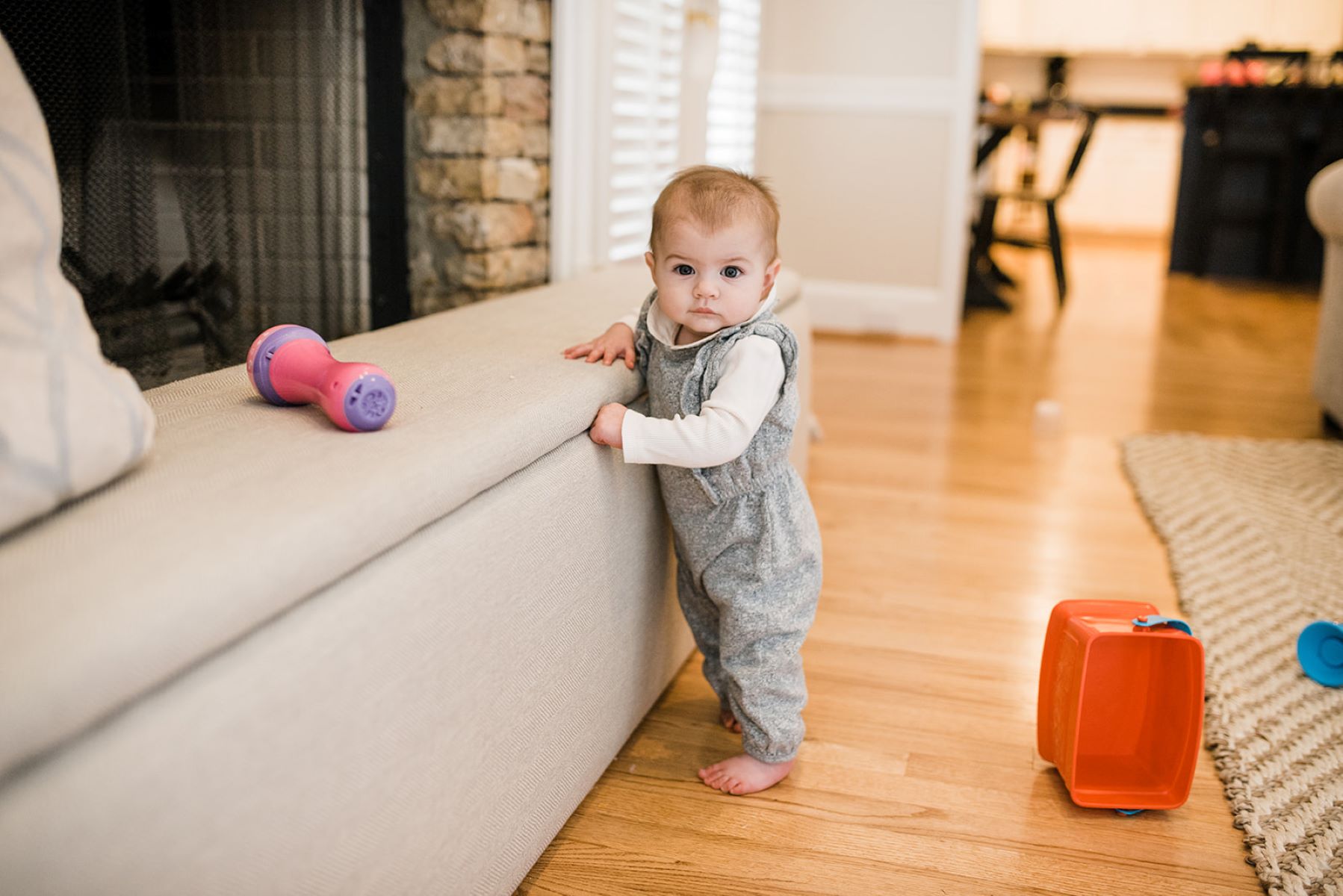

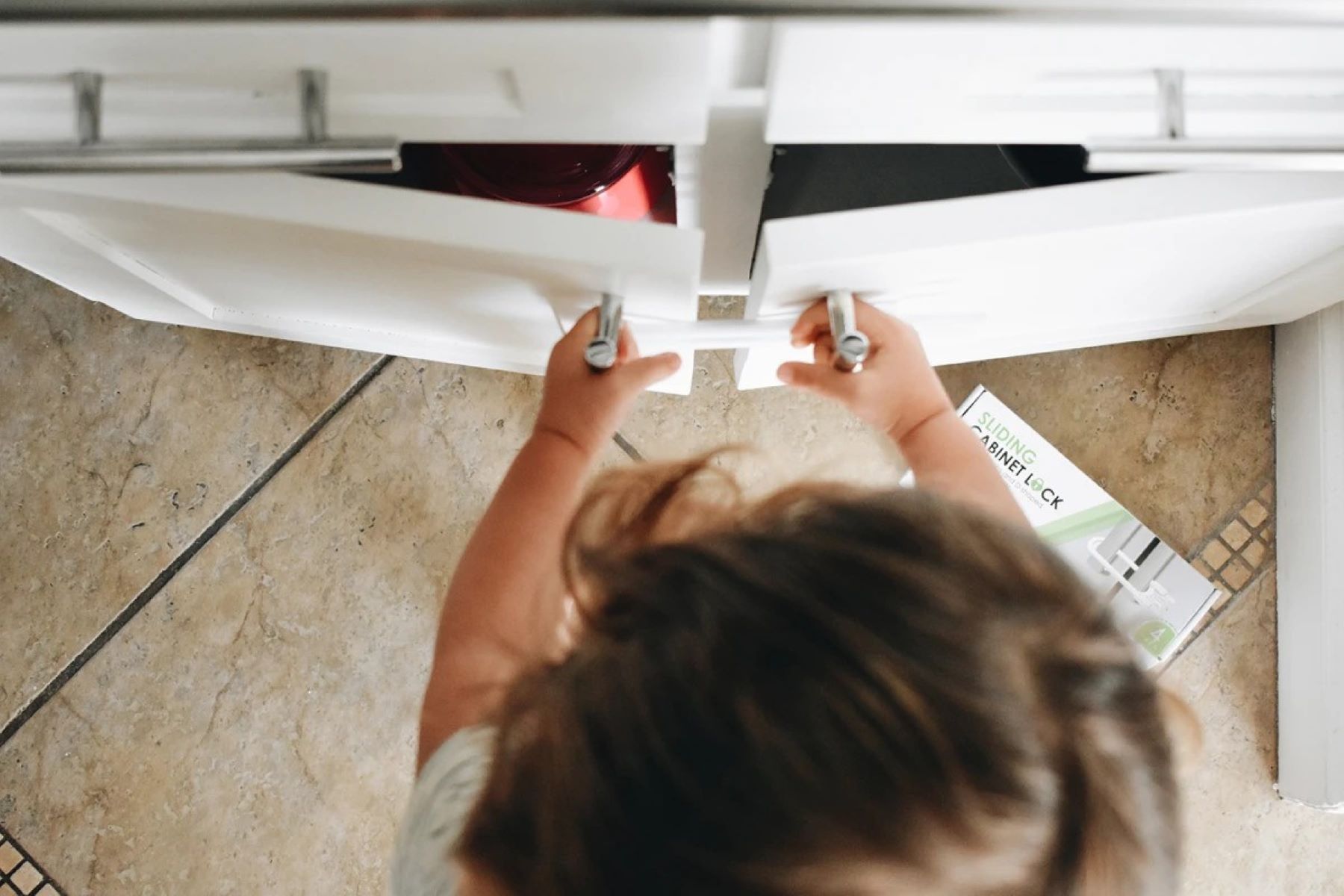




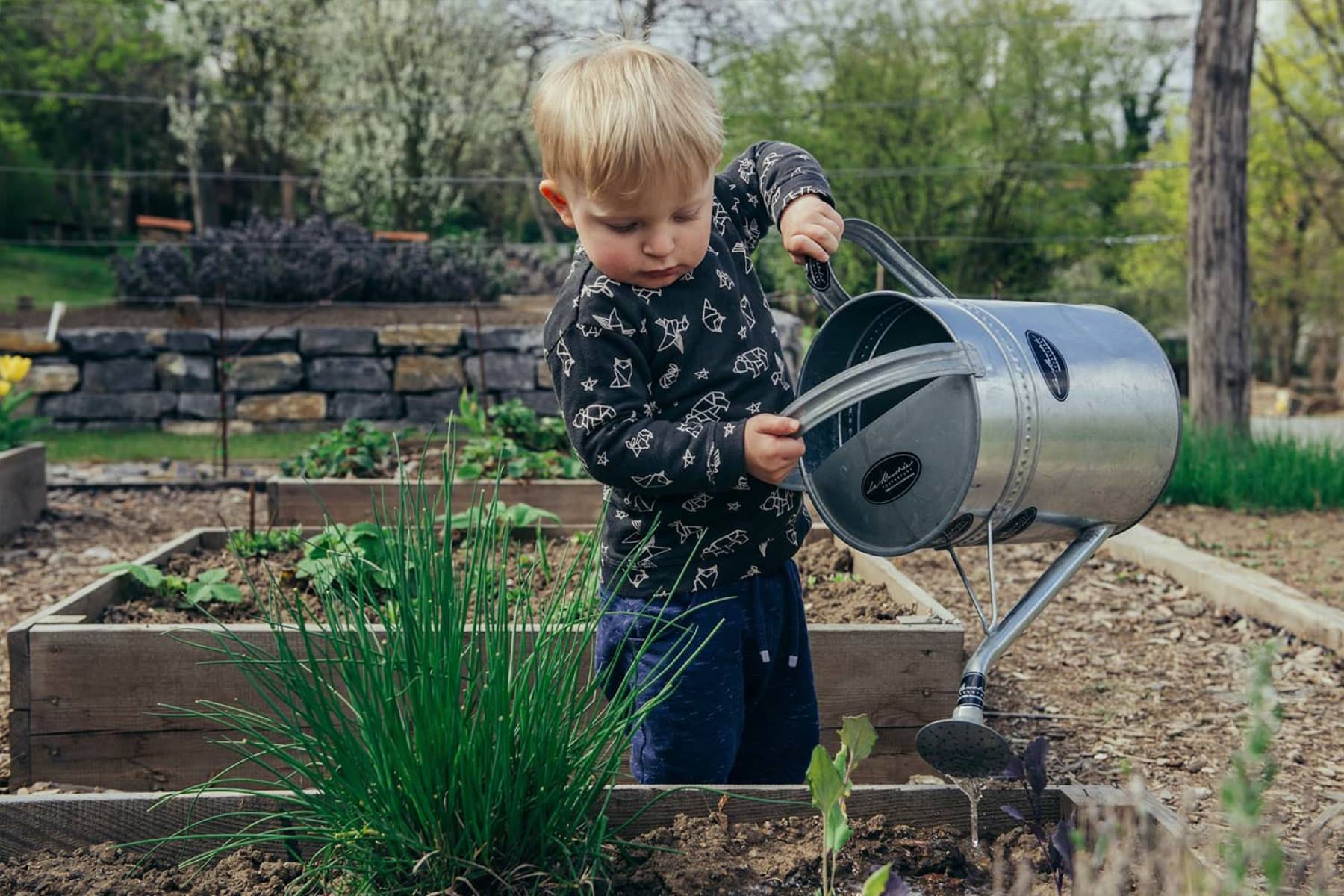



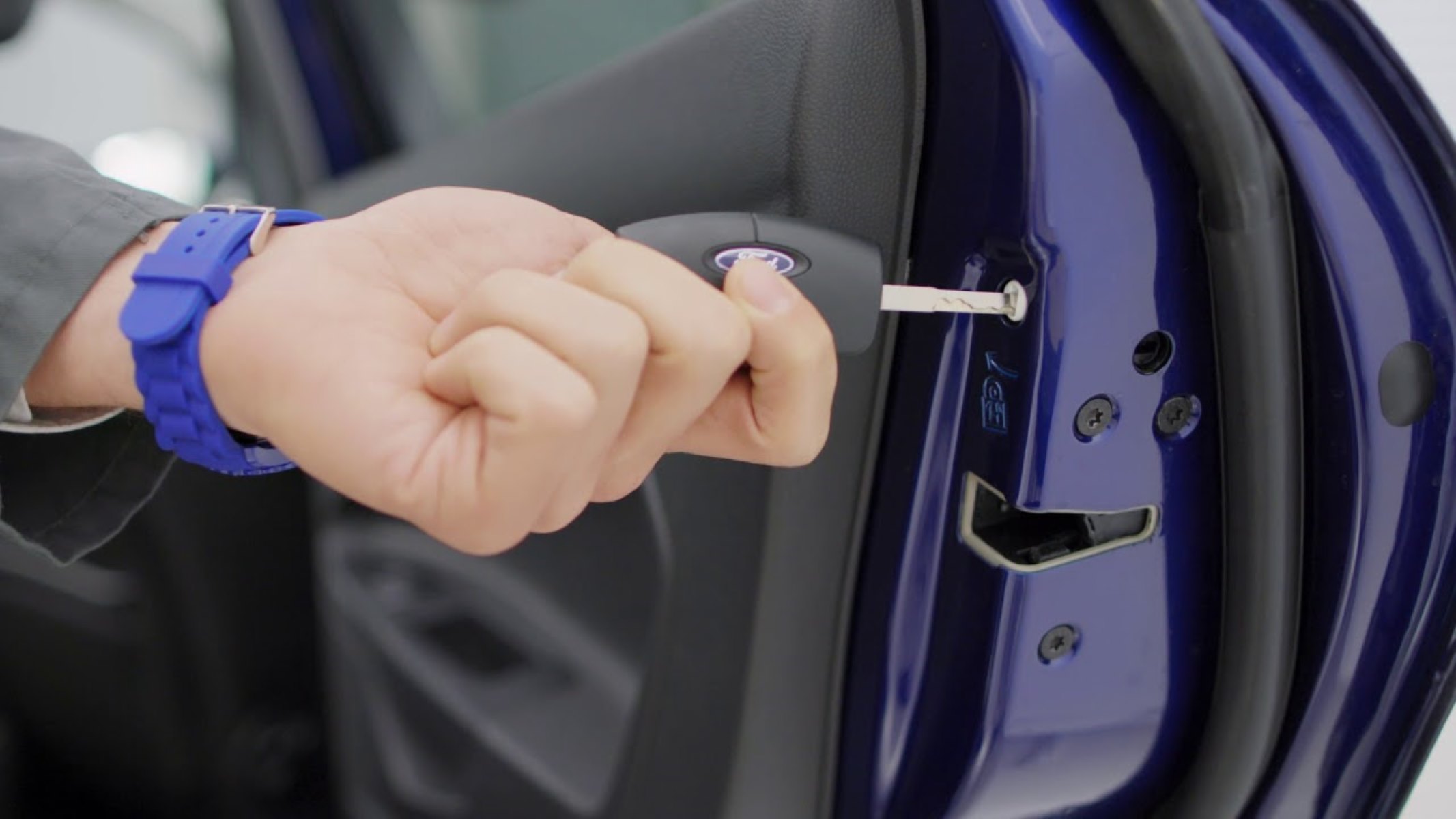
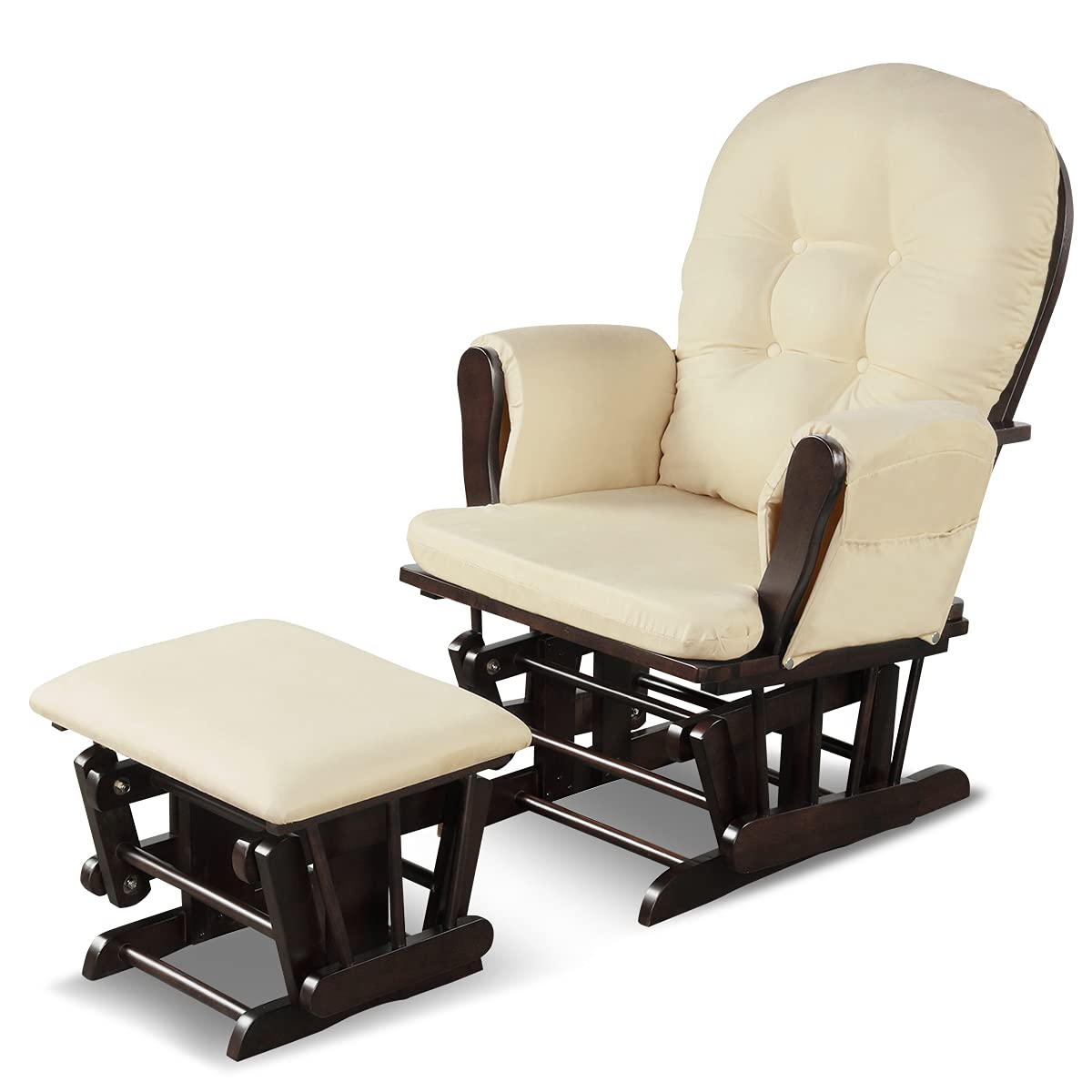


0 thoughts on “What Makes Childproof Containers Childproof?”